Become a sailor
Because sailing can take several forms, you must choose your boat according to the type of activity sought. Whether for recreational live aboard, offshore sailing, or sailing with more adrenaline, there is a boat for you!
Cruising Sailing
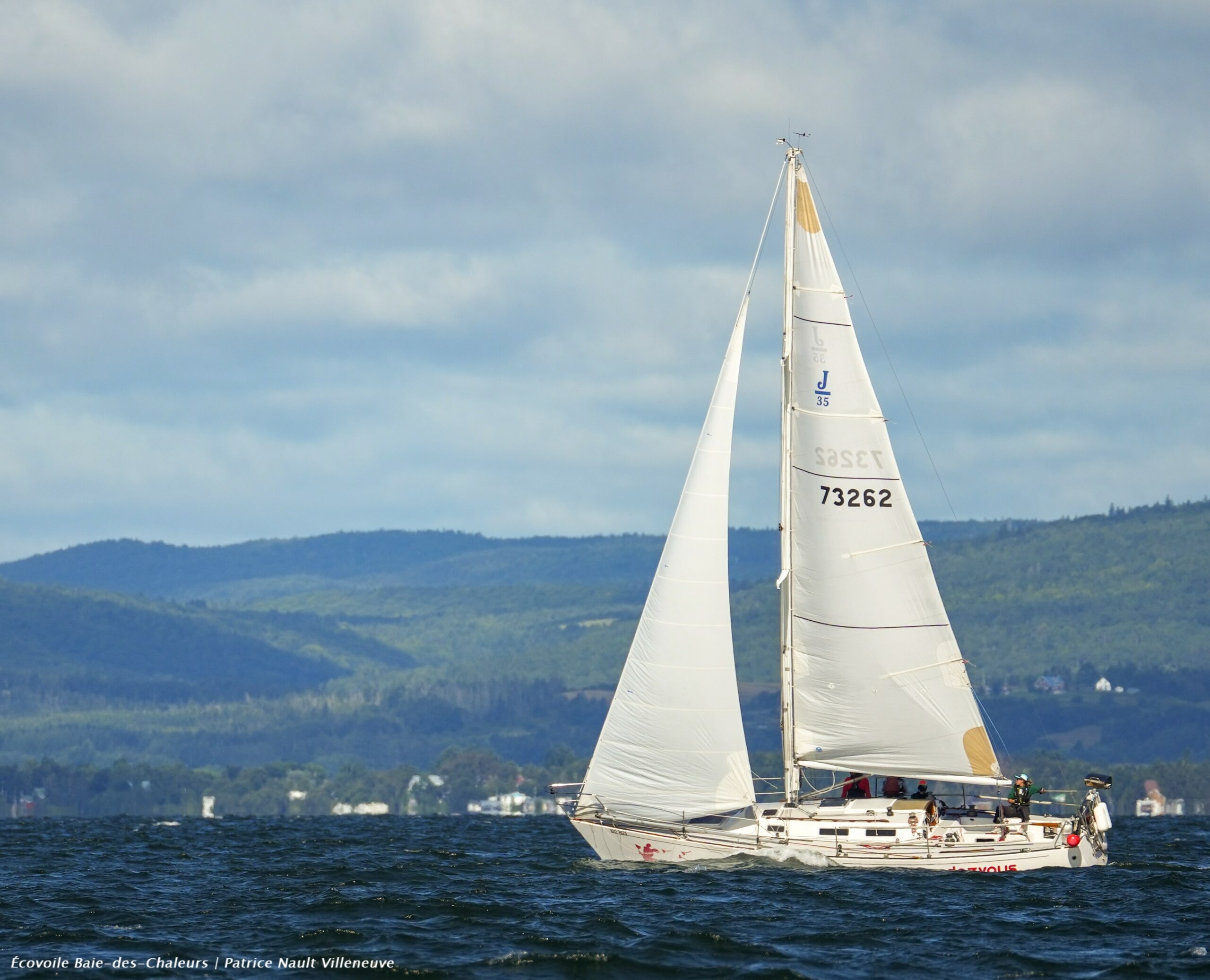
Keelboat
A keelboat is a sailboat that has a weighted keel that prevents the boat from capsizing.
Most of the time, a keelboat includes a cabin where people can sleep and/or cook on board. These boats are usually larger than dinghies, ranging from around twenty feet to around a hundred feet for mega-yachts. The boats usually used for cruising are keelboats. Moreover, the schools which teach sailing on these boats are cruising sailing schools.
Multihulls
A multihull boat is made up of several distinct hulls. Catamarans and trimarans are multihulls.
Cruising sailing catamarans and trimarans are distinguished from light sailing catamarans by the habitable space found in the hulls.
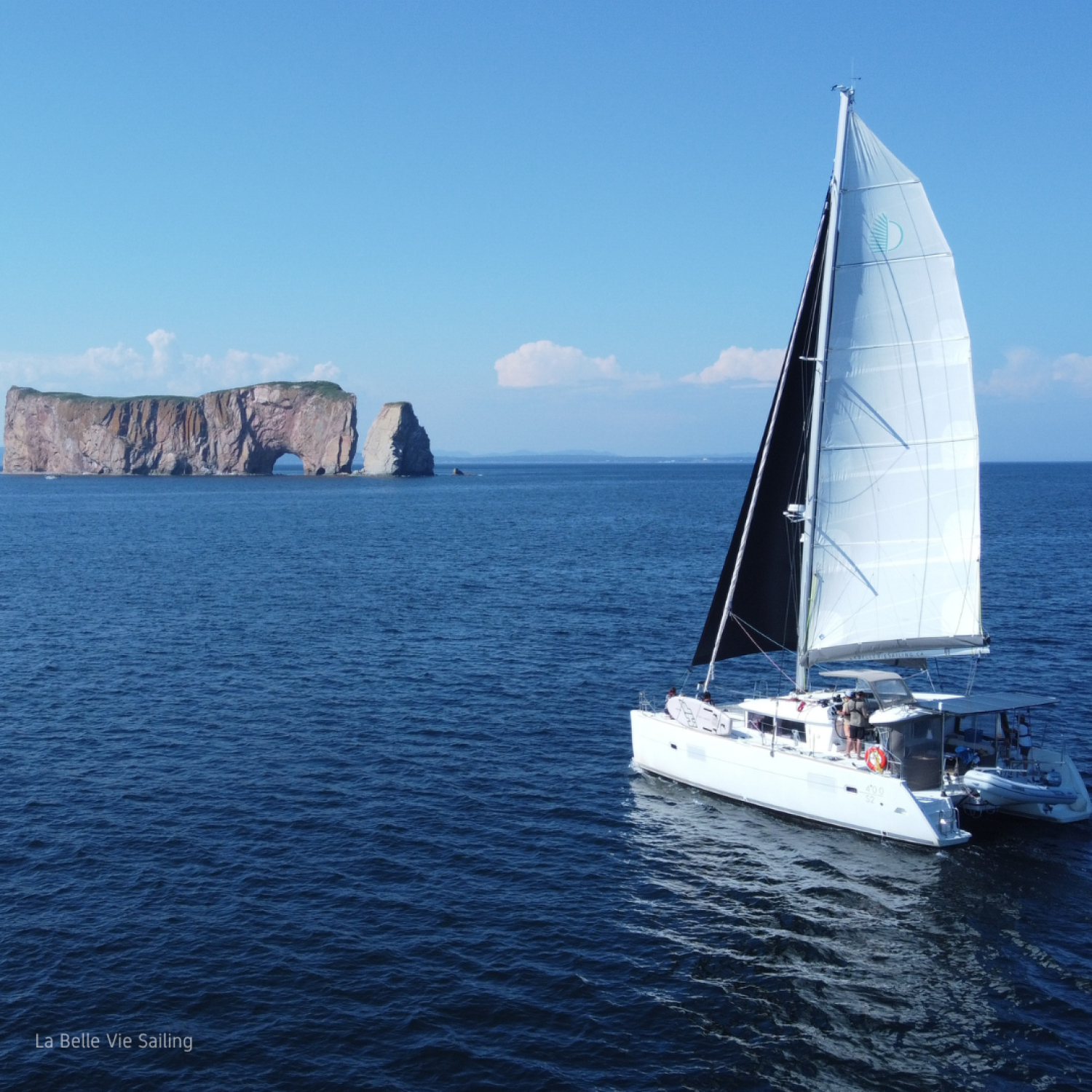
Light sail
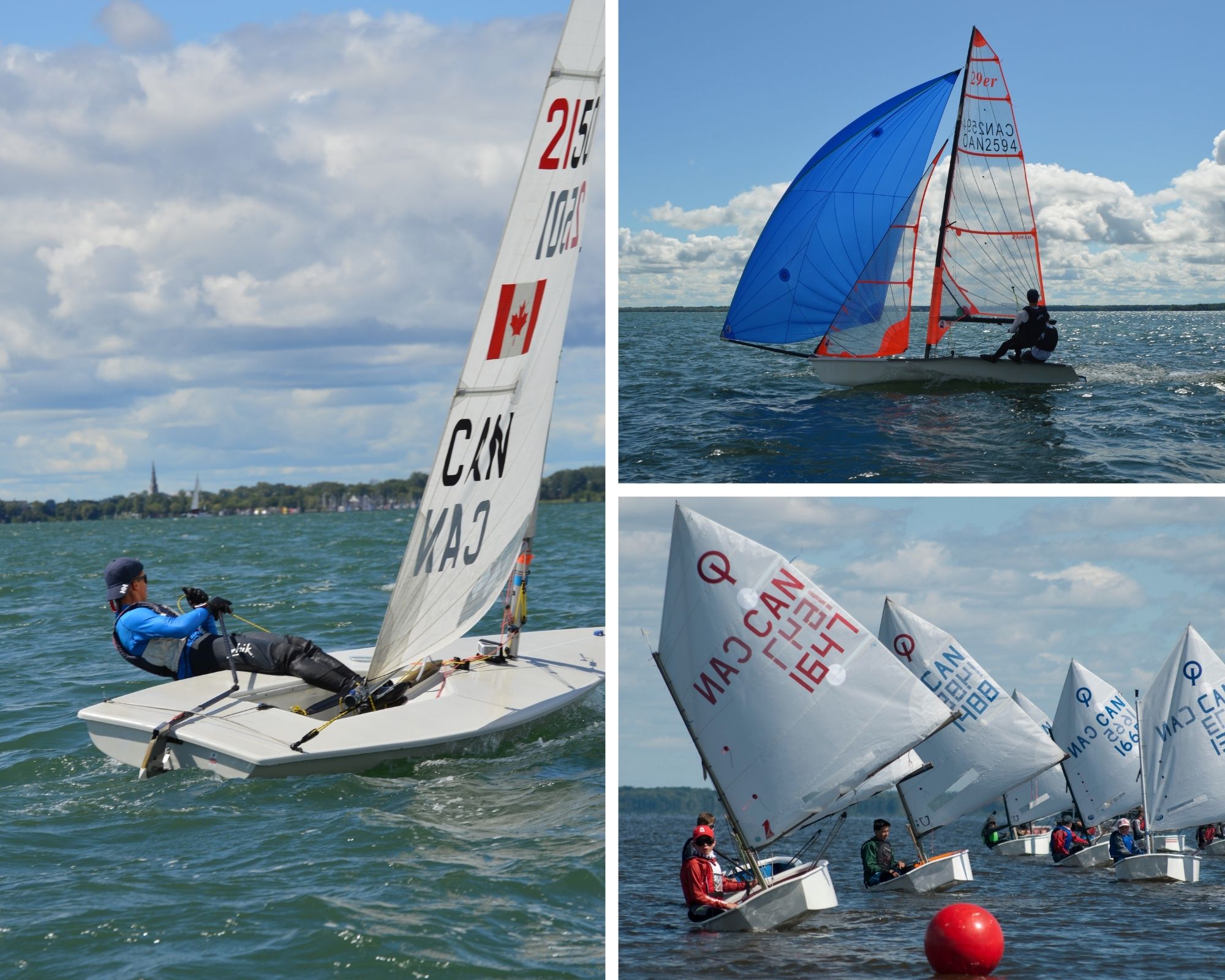
Dinghy
A dinghy is a boat equipped with a retractable centerboard, that is to say the centerboard is movable.
As part of teaching dinghy sailing, learning is usually done on a small boat of around 15 feet which can capsize (desalt) in the event of a crew error. The absence of ballast makes the light dinghy lively, adaptable and fun to sail.
Some monohull dinghies are designed to be sailed by a single person, others to sail with a crew. The Laser and Optimist are examples of a single-handed dinghy, while the 420 and 29er are examples of a double-handed dinghy.
Catamaran
Small sports catamarans are multihull boats. The Mystère, Nacra or F18 catamarans are examples of this type of boat. Unlike larger multihulls, they can capsize and have no habitable space
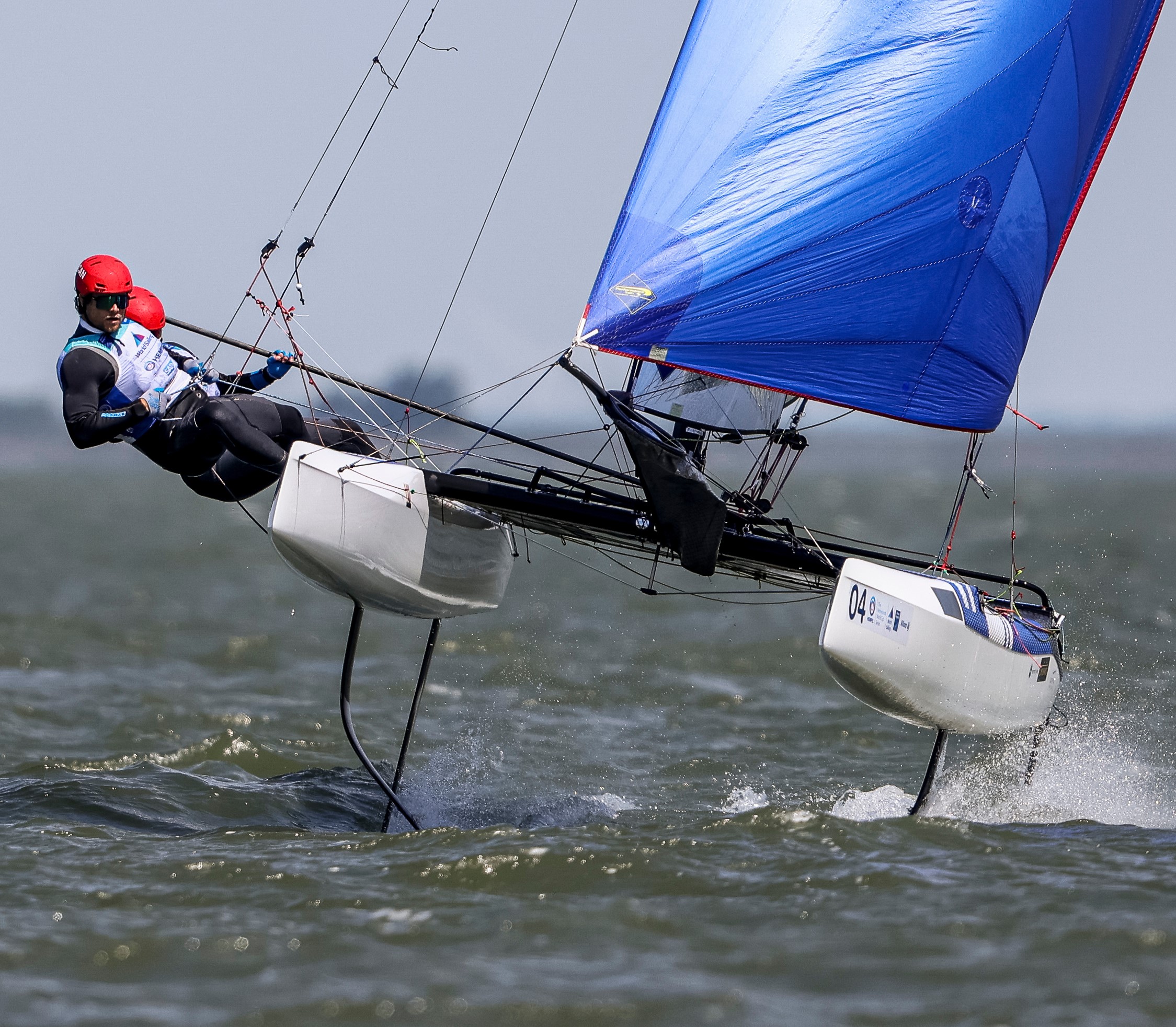
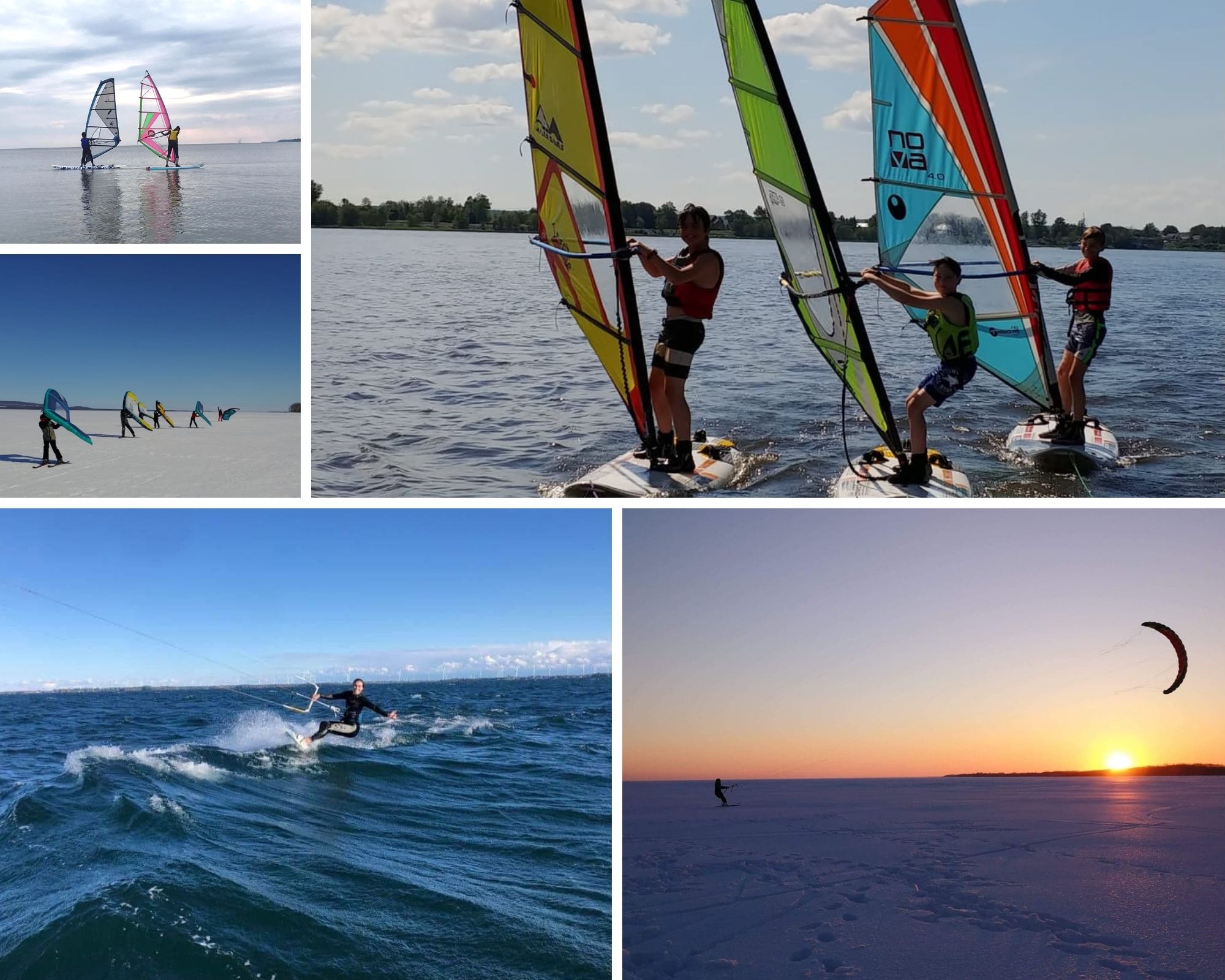
Wind Surf
New technologies and new materials allow sailing to modernize and modify traction modes on all types of boats, but it is certainly on boards that these new developments are most noticed.
With or without drift; with or without Foil; with traditional style rigging (mast attached to the board), winged style (Wing) or kite style (Kite), the types of boards are multiplying at high speed.
To go wind surfing, you don't have to be afraid of getting wet. This is the most sporty type of boat and where your connection with the water and the wind will be the most direct.
Adapted sailing
Adapted sailing is a way for children and adults suffering from physical and/or sensory impairments (from mild to severe) to improve their quality of life and their integration into society. Adapted sailing activities take place in Pointe-Claire; The Quebec Adapted Sailing Association (AQVA) also provides support to its affiliated organizations which offer adapted sailing programs in the Gaspé and Estrie.
Sailing at school
The Sailing at School program is a provincial project which aims to introduce young people to sailing each year during school outings. The long-term objective is that all young people living near a body of water have the opportunity to discover sailing during their primary or secondary schooling.
Mobile Sailing
The Voile Mobile trailer travels across Quebec to offer sailing lessons and activities to all interested people, whether beginners or experienced. Voile Mobile makes sailing more accessible to all Quebecers, young and old, regardless of their geographic location.

